In the realm of culinary adventures, some foods boldly stand out, challenging even the most daring taste buds. These are the intriguing, sometimes intimidating eats that promise an unforgettable dining experience. From bizarre textures to unexpected flavors, these foods are not for the faint-hearted. They invite the adventurous soul on a gastronomic journey across cultures and continents. Let your palate explore the extremes and embrace the wild and intense. Are you brave enough to try these 11 daring delicacies?
Hákarl (Fermented Shark)
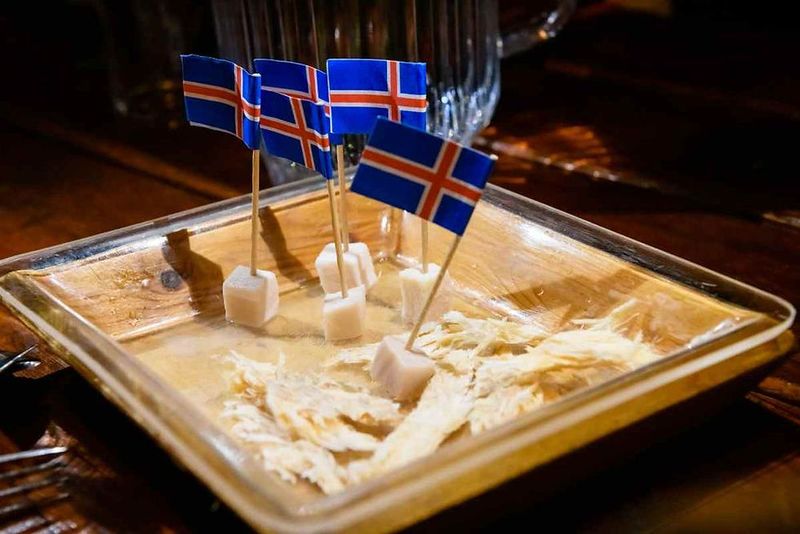
Venture to Iceland, and you’ll encounter hákarl, a dish that separates the bold from the timid. Fermented shark isn’t just a meal; it’s a rite of passage steeped in Viking tradition. The aroma, often described as pungent or even ammonia-like, is not for the faint-hearted. Yet, beneath this intimidating smell lies a taste that’s surprisingly mild and akin to cheese. Hákarl is traditionally served in small cubes, accompanied by a shot of Brennivín, Iceland’s signature schnapps. Its historical roots trace back to necessity, when fermenting was vital for preservation. Are you ready to embrace this Nordic challenge?
Balut (Fertilized Duck Egg)
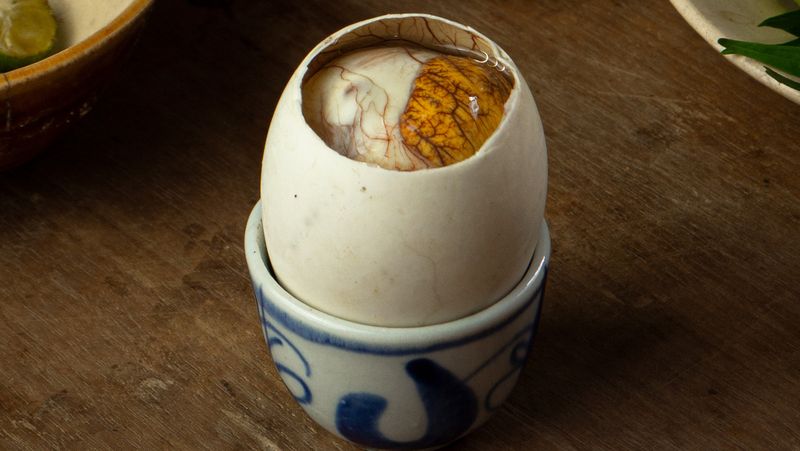
In the Philippines, balut is a street food legend, revered for its bold flavors and unique textures. This fertilized duck egg, complete with a partially developed embryo, is an acquired taste that beckons the brave. Often seasoned with salt or vinegar, balut is enjoyed for its rich, savory broth and tender meat. Despite its appearance, many locals find comfort and nostalgia in this delicacy. Stories recount how balut has been a staple in Filipino markets for generations, a testament to its enduring presence. Will you dare to crack open this iconic Filipino treat?
Casu Marzu (Maggot Cheese)
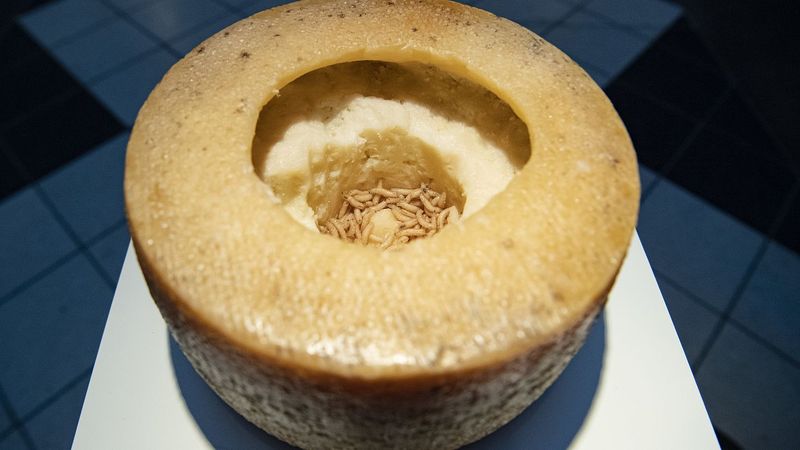
Italy’s Casu Marzu is not just cheese; it’s an experience that challenges the senses. Hailing from Sardinia, this ‘maggot cheese’ contains live insect larvae that aid in fermentation. The texture is soft, almost spreadable, and the flavor is robust, lingering long after the first bite. While the thought of eating live maggots might deter some, aficionados claim it’s part of the allure. Sardinians have savored this cheese for centuries, often paired with traditional flatbread and strong red wine. Does your palate dare to dance with this lively delicacy?
Surströmming (Fermented Herring)
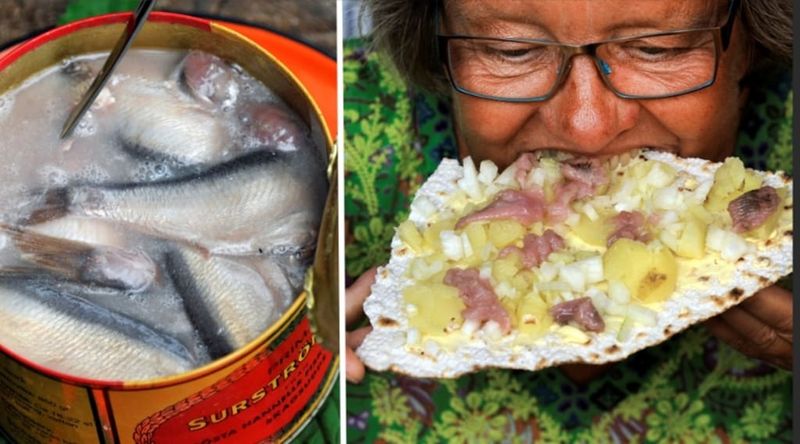
Surströmming, Sweden’s notorious fermented herring, is hailed—or feared—for its overpowering aroma. Opening a can is an event, often done outdoors to contain the pungency. Once past the smell, the taste offers a surprisingly mild fish experience, often paired with flatbread, potatoes, and onions. This dish’s history dates back to the 16th century as a preservation method. For the adventurous eater, surströmming is a cultural immersion, a taste of Swedish tradition that lingers long after the meal. Are you prepared to savor this aromatic adventure?
Century Egg (Preserved Egg)

China’s century egg is a celebration of time and transformation, where preservation meets art. These eggs, preserved in a mixture of clay, ash, and salt, transform over weeks into a delicacy with a unique flavor profile. The translucent black ‘white’ and creamy yolk challenge visual expectations, yet the taste is a harmonious blend of savory and tang. Often sliced and served with pickled ginger, century eggs are a staple in Chinese cuisine with a history spanning centuries. Will you embrace this ancient alchemy on your plate?
Fugu (Pufferfish)
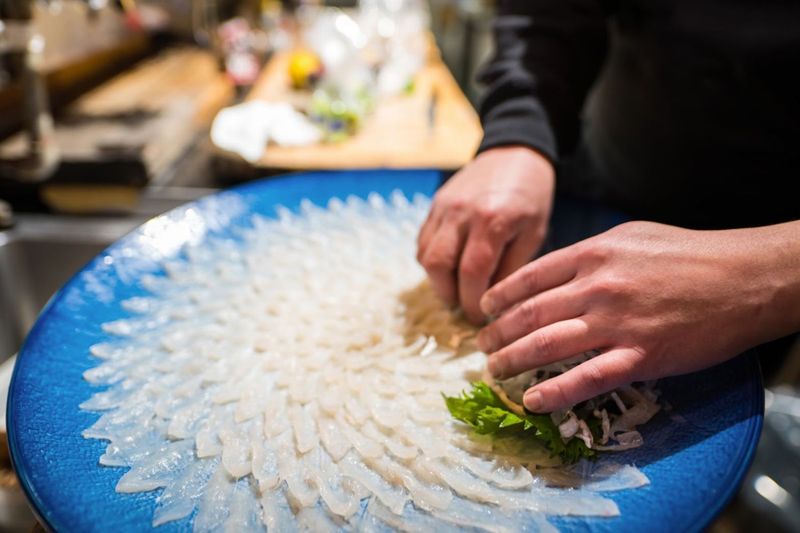
In Japan, fugu is more than a meal; it’s a dance with danger. This pufferfish, known for its potentially lethal poison, is prepared by licensed chefs with precision. The thrill lies in its risk, balanced by the delicate flavors of the sashimi. Its texture is firm yet yielding, often accompanied by ponzu sauce. Fugu’s history is intertwined with Japanese culture, celebrated in festivals and feasts. A testament to culinary daring, eating fugu is an act of trust in expert craftsmanship. Are you prepared to savor this perilous pleasure?
Kopi Luwak (Civet Coffee)
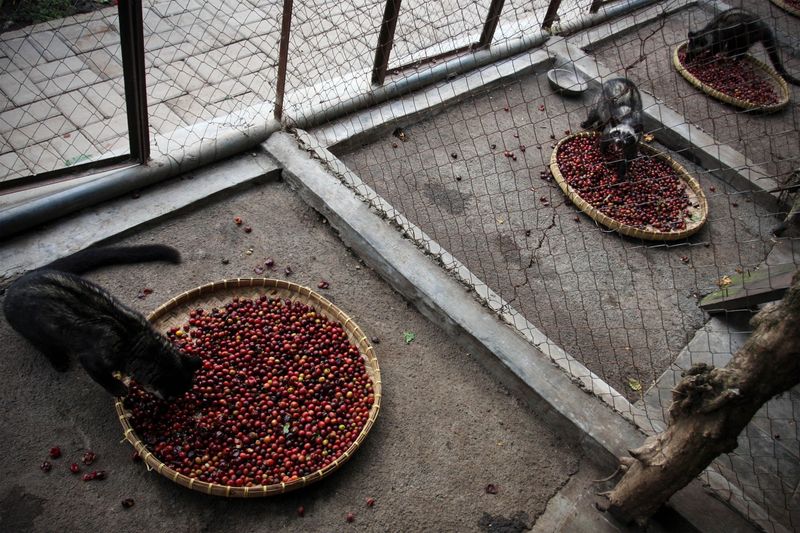
Kopi Luwak is an Indonesian treasure, renowned as the world’s most exotic coffee. Its journey begins with the civet cat, which eats the finest coffee cherries. The beans, fermented in the animal’s digestive tract, are collected, cleaned, and roasted to produce this luxurious brew. The result is a cup of coffee with unparalleled smoothness and rich, complex flavors. Despite its unusual production method, Kopi Luwak captivates coffee connoisseurs worldwide. An indulgence steeped in mystery and tradition, this coffee challenges perceptions. Are you ready to experience this unique brew?
Escamoles (Ant Larvae)
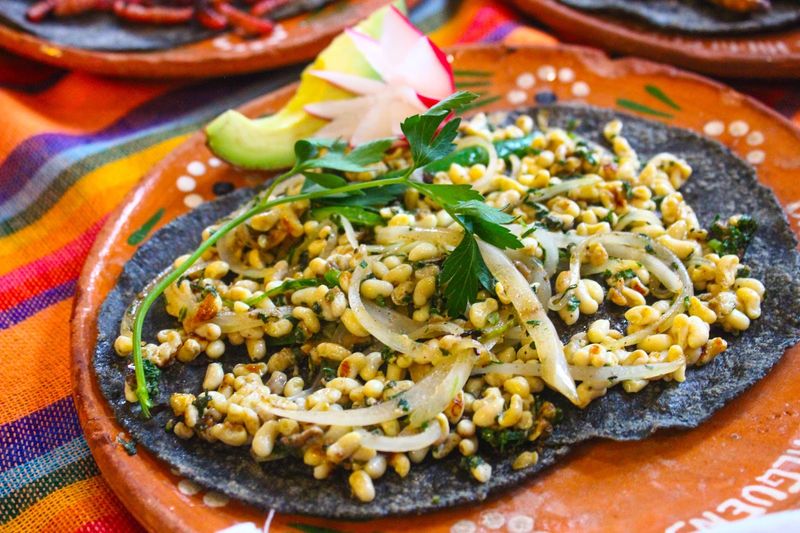
Known as ‘insect caviar,’ escamoles are the edible larvae of ants, cherished in Mexican cuisine. Their buttery, nutty flavor is a surprise to those expecting something unusual. Often served with tortillas and guacamole, escamoles are a delicacy with roots in Aztec history. The texture is akin to cottage cheese, offering a subtle crunch. For the open-minded gourmand, escamoles provide a taste of Mexico’s rich culinary heritage that defies expectations. With each bite, you’re partaking in a tradition that spans generations. Will you taste this ancient luxury?
Huitlacoche (Corn Fungus)
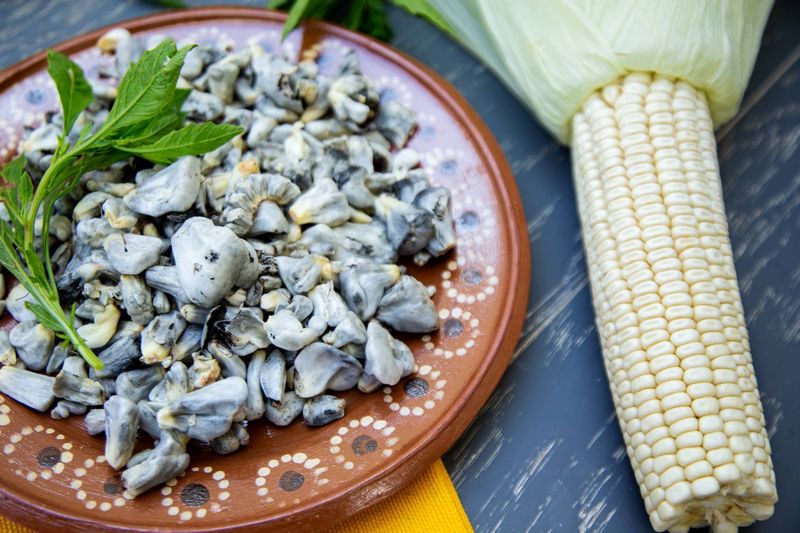
Huitlacoche, often dubbed ‘Mexican truffle,’ transforms corn into a fungus-infused delicacy. This unusual ingredient, with its dark, mushroom-like appearance, offers a smoky, earthy flavor that elevates tacos and quesadillas. Celebrated for its culinary versatility, huitlacoche is a staple in Mexican markets and kitchens. Its roots trace back to Aztec times, where it was prized for both its taste and nutritional value. To savor huitlacoche is to explore Mexico’s diverse gastronomic landscape with open curiosity. Are you willing to savor this fungal phenomenon?
Khash (Cow Hoof Soup)

Khash, Armenia’s hearty soup, is a celebration of simplicity and tradition. Made from slow-cooked cow hooves, it’s a dish that warms both body and soul. The soup’s rich, gelatinous broth is often enjoyed in the early morning, paired with garlic and lavash bread. Khash gatherings are social events, where friends and family share stories and laughter. Its origins are humble, yet khash has become a symbol of Armenian hospitality. For those seeking a comforting embrace from a bowl, khash offers a taste of Armenian warmth. Will you join in this soulful feast?
Stargazy Pie (Fish Pie)
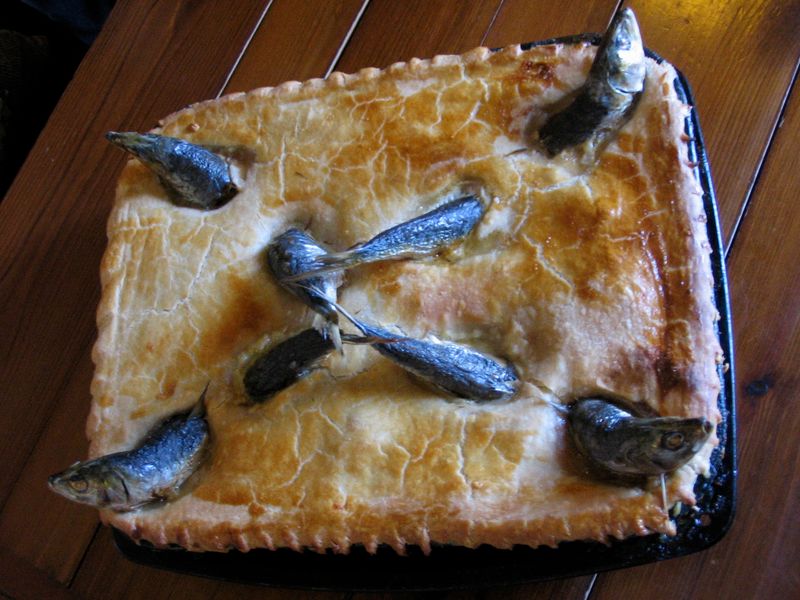
Stargazy pie, hailing from Cornwall, England, is as much a visual spectacle as it is a culinary one. Fish heads protruding from the pie’s crust give the impression of gazing skyward, hence the name. Beneath the crust lies a savory blend of fish, eggs, and potatoes, seasoned to perfection. This dish dates back to a legend of a fisherman who braved stormy seas to provide for his village, embodying resilience and community spirit. As you savor stargazy pie, you’re part of an enduring English tradition. Will you dare to taste this whimsical wonder?
Leave a comment